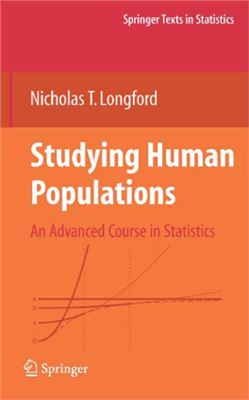Springer, 2008. - 474 Pages.
This textbook is for graduate students and research workers in social statistics and related subject areas. It follows a novel curriculum developed around the basic statistical activities: sampling, measurement and inference. The monograph aims to prepare the reader for the career of an independent social statistician and to serve as a reference for methods, ideas for and ways of studying of human populations. Elementary linear algebra and calculus are prerequisites, although the exposition is quite forgiving. Familiarity with statistical software at the outset is an advantage, but it can be developed while reading the first few chapters.
This textbook is for graduate students and research workers in social statistics and related subject areas. It follows a novel curriculum developed around the basic statistical activities: sampling, measurement and inference. The monograph aims to prepare the reader for the career of an independent social statistician and to serve as a reference for methods, ideas for and ways of studying of human populations. Elementary linear algebra and calculus are prerequisites, although the exposition is quite forgiving. Familiarity with statistical software at the outset is an advantage, but it can be developed while reading the first few chapters.

